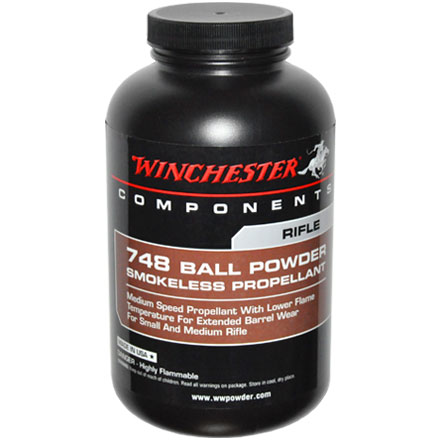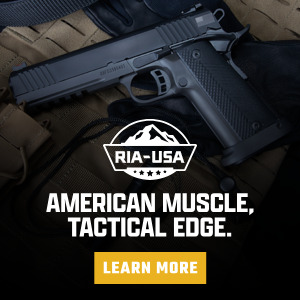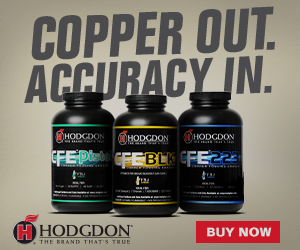If you are just starting out in reloading, or you have been doing it for some time now, knowing the science behind gun powder is probably the most important part of mix. Reloading ammunition is both an art and a science, requiring precision, patience, and a thorough understanding of the components involved. One of the most crucial elements in this process is the gunpowder used. Not all powders are created equal, and differences in grain size, shape, and burn rate significantly impact the accuracy, consistency, and performance of reloaded rounds.
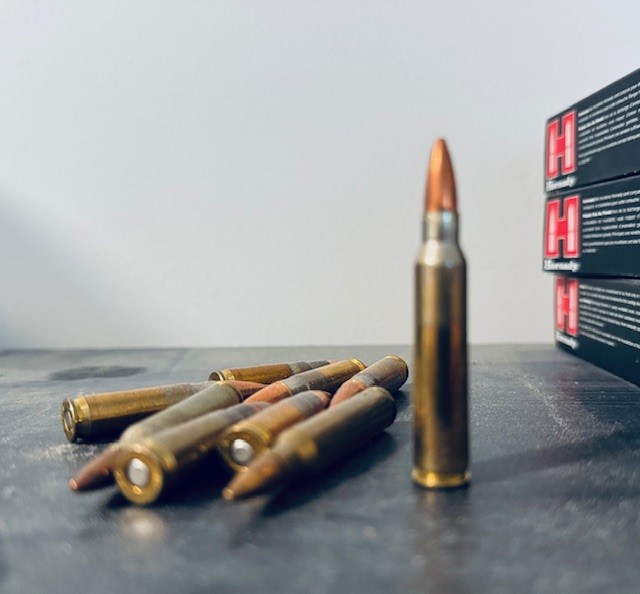
For those who are looking to achieve the highest level of precision, understanding how different gunpowder grains function and how to select the right product is essential. Whether you’re fine-tuning loads for long-range shooting, hunting, or competitive shooting, knowing how powder type affects accuracy is a key factor in success. Let’s look at the differences in gunpowder grains and highlight some top products that can help you achieve the best results.
Understanding Gunpowder Grains: Shape, Size, and Burn Rate
Gunpowder, also known as smokeless powder, comes in various forms, each with its unique burning characteristics. The primary differences between powders come from their shape, size, and burn rate, all of which influence how the ammunition performs in different firearms.
Powder Shapes and Their Effects
-
Ball Powder: These are small, spherical grains that meter very well through a powder dispenser, making them ideal for consistent charges. Ball powders tend to burn slower, making them suitable for high-volume loads.
-
Example: Hodgdon CFE 223 – A great choice for .223 Remington and .308 Winchester, offering clean-burning properties and excellent metering.
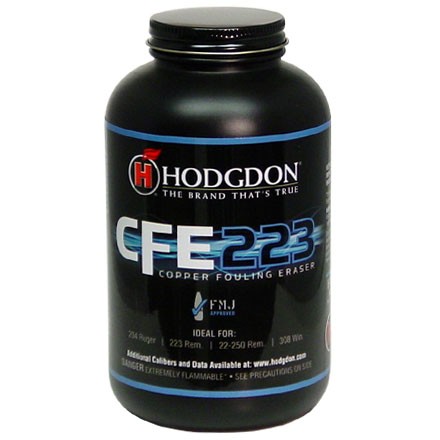
-
-
Extruded (Stick) Powder: These are cylindrical grains that provide precise burn control but can be harder to meter in some dispensers. Stick powders are widely used for rifle loads, as they provide stable velocities and excellent accuracy.
-
Example: IMR 4064 – Popular for its versatility and consistent performance in calibers like .308 Win and .30-06 Springfield.
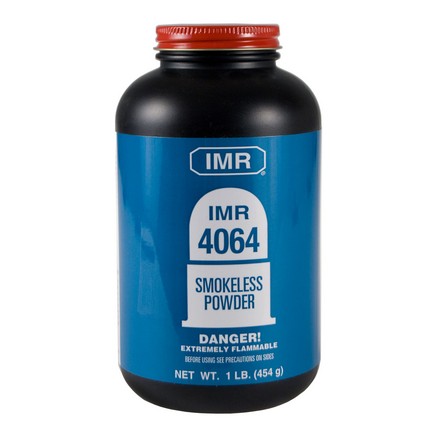
-
-
Flake Powder: Typically used in handgun and shotgun loads, flake powders burn quickly and provide high energy. Their irregular shape can sometimes lead to inconsistent metering.
-
Example: Alliant Unique – A time-tested powder great for handgun calibers like 9mm and .45 ACP.
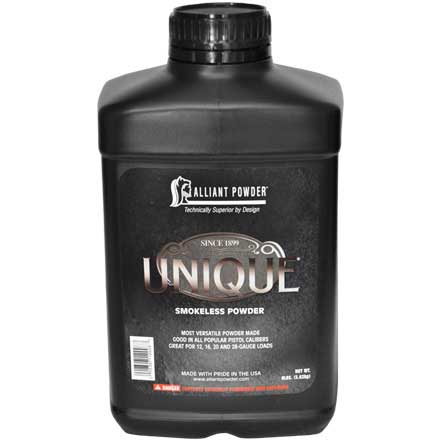
-
Burn Rate and Accuracy
The burn rate of a powder determines how quickly it combusts and releases energy. Faster-burning powders are generally used for handguns and shotguns, while slower-burning powders are ideal for rifles and magnum loads.
-
Fast Burn Rate: Works well in short-barrel firearms where complete combustion needs to occur before the bullet exits the barrel.
-
Medium Burn Rate: Ideal for standard rifle cartridges, balancing velocity and pressure.
-
Slow Burn Rate: Used for magnum loads and high-power rifle cartridges where controlled burn leads to greater velocity and consistency.
Choosing the right burn rate is crucial to accuracy, as using an incorrect powder for a given caliber can lead to pressure spikes, inconsistent velocities, and reduced precision.
How Powder Choice Affects Accuracy in Reloading
Consistency in Charge Weight
One of the biggest factors affecting accuracy is the consistency of the powder charge. Variations in charge weight can lead to different velocities, which in turn can create inconsistent bullet trajectories. Stick powders, like IMR 4350, tend to provide consistent ignition but can be harder to meter, while ball powders such as Winchester 748 flow smoothly through powder measures.
Temperature Sensitivity
Some powders are more sensitive to temperature changes, which can alter burn rate and pressure. Hodgdon’s Extreme series, including Hodgdon H4350, is designed to minimize these effects, making them an excellent choice for long-range shooters who need reliability in varying conditions.
Case Fill and Load Density
A well-balanced load should have a good case fill to ensure proper ignition and pressure consistency. Powders like Vihtavuori N150 provide excellent load density, meaning they burn efficiently without leaving excess space in the case, which can contribute to accuracy issues.
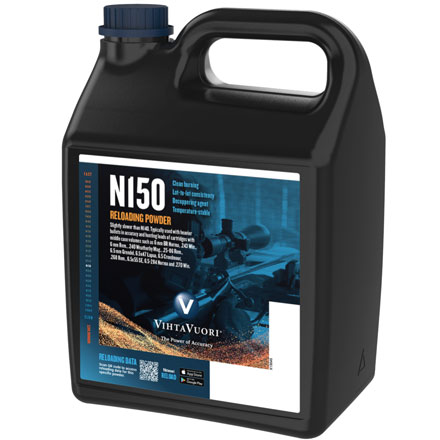
Top Powder Choices for Accuracy and Performance
So, I’m always asked the question, what is your favorite powder for a particular application. While there are various choices, these are my top picks for each application:
-
Best for Precision Rifle Shooting: Hodgdon H4350 – Ideal for 6.5 Creedmoor, .30-06, and similar cartridges with excellent temperature stability.
-
Best for High-Volume Reloading: Hodgdon CFE 223 – Great metering and clean-burning properties for .223 and .308.
-
Best for Handgun Accuracy: Alliant Bullseye – A staple for precision target shooting with low charge weight variance.
-
Best for Magnum Loads: IMR 7828 SSC – A slow-burning powder perfect for magnum rifle calibers like .300 Win Mag.
When reloading ammunition, the choice of gunpowder significantly impacts accuracy, consistency, and overall shooting performance. Understanding how powder grain size, shape, and burn rate affect ballistics can help reloaders fine-tune their loads for maximum precision. Whether you need a versatile powder, a temperature-stable option like , or a clean-burning choice, Midsouth Shooters Supply has a broad selection of powders to meet your needs.
By carefully selecting and testing different powders, reloaders can achieve tighter groups, improved velocity consistency, and overall better shooting performance. Happy reloading!


